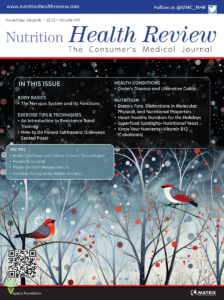Group 1
UNPROCESSED/MINIMALLY PROCESSED FOODS
Unprocessed/minimally processed foods include edible parts of plants (e.g., seeds, fruits, leaves, stems, roots) or of animals (e.g., muscle, organ meats, eggs, milk) and also fungi (e.g., mushrooms), algae, and water, after they’ve been harvested from their respective natural source. If any processing has occurred, this processing doesn’t add additional salt, sugar, oils, or fats. This includes removal of inedible or unwanted parts, drying, crushing, grinding, filtering, roasting, boiling, pasteurization, refrigeration, freezing, placing in containers, vacuum packaging, or non-alcoholic fermentation.
Examples include fresh, squeezed, chilled, frozen, or dried fruits; non-starchy and root vegetables; grains such as brown, parboiled, or white rice, corn cob or kernel, wheat berry or grain; legumes and beans of all types; tubers such as white and sweet potatoes and cassava; fungi such as fresh or dried mushrooms; meat, poultry, fish, and seafood; eggs; dairy milk; fresh or pasteurized fruit or vegetable juices without added sugar, sweeteners, or flavors; grits, flakes, or flours made from corn, wheat, oats, or cassava; nuts and seeds without added salt or sugar; all spices and herbs; unsweetened, plain yogurt; unsweetened tea, coffee, and drinking water.
Group 2
PROCESSED CULINARY INGREDIENTS
Processed culinary ingredients include salt, sugar from sugar cane or sugar beets, maple syrup and honey, butter and lard, oil from vegetables such as olives or seeds, and starches extracted from plants (e.g., potato starch). These ingredients, explain the NOVA developers, should be used sparingly in order to transform Group 1 foods into the vast culinary iterations that are possible inside home kitchens.
Group 3
PROCESSED FOODS
Processed foods are created by combining two or three foods found in Groups 1 and 2. This category includes homemade or freshly baked bread, cheese, canned or bottled vegetables, fruits, and legumes, salted or sugared nuts and seeds, salted, cured, or smoked meats (e.g., deli meats), and canned fish. These foods should be consumed as add-ons and accents to meals based largely on Group 1 foods.
Group 4
ULTRA-PROCESSED FOOD
Ultra-processed food and drink products usually contain five or more ingredients. These foods are described as “nutritionally unbalanced,” and consumption of these foods are entirely discouraged. Ultra-processed foods are usually made in ways that you could not easily replicate in your home and might contain ingredients such as hydrogenated oils, hydrolyzed proteins, soy protein isolate, maltodextrin, invert sugar, high fructose corn syrup, dyes, stabilizers, and emulsifiers. Ultra- processed foods come ready to eat immediately or are ready to eat after heating. These foods are generally hyperpalatable with sophisticated and attractive packaging and marketing efforts. Examples include hot dogs and sausages, ice cream, cookies, cake mixes, breakfast cereal, granola bars and energy bars, most pre-made frozen foods, instant noodles, and sweet and savory packaged snacks





